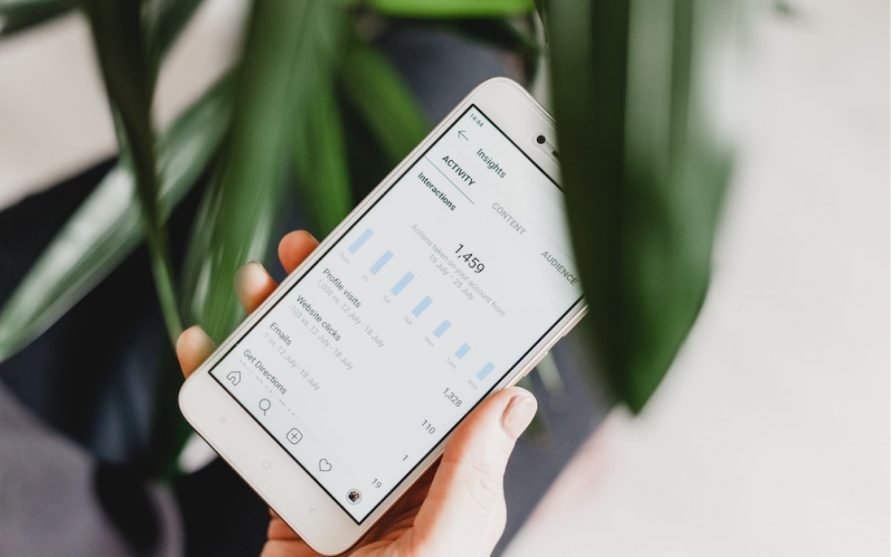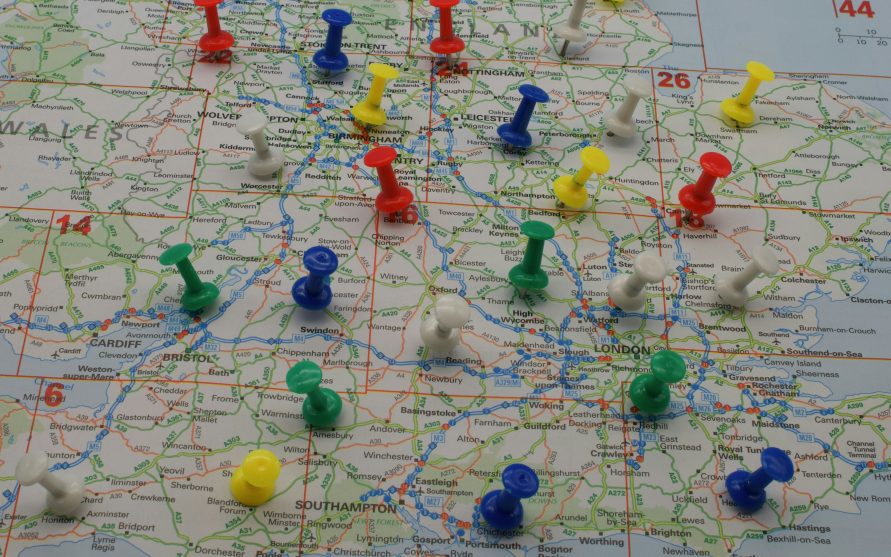How to Create Buyer Personas
02/06/2021 | Share:
Buyer personas are a marketing tool that allow businesses to get a better understanding of who their customers are. Once developed, it means that businesses can better market their products as they understand their needs, pain points, barriers and goals. Creating a persona allows employees of the business to better visualise who they’re selling to and helps them to build a bond. If employees can see customers as humans rather than data, they can tailor their approach better.
So how do you go about creating these buyer personas? What do you need to get started?
Perform audience research
In order to create buyer personas in the first place, you need information about your audience. You need to find out the following information, bearing in mind they may vary.
- Age
- Location
- Language
- Spending power
- Interests
- Challenges
- Stages in Life
- How they interact with your business
You can start to collect this information from tools such as Google Analytics, your existing customer database and even from your social media insights. You should also look for trends and consider any customer feedback you’ve received, for example through reviews. You could even expand your customer information by asking customers to complete surveys after orders are complete.
You should be able to categorise trends and similarities together ready for building the personas later on. For example, you may notice that people aged 35 – 44 spend more money with you, but people aged 25 – 34 visit your website more often. This information could be useful later on.
Customer motivations – goals, objectives and shortcomings
Now you know a bit about your existing audience, use the research data to help you determine what your customer’s goals and objectives are. Their end goal doesn’t necessarily need to be directly related to the product but their aspirations in life are significant influences on their choices. You’re particularly interested in their purchasing choices.
On the flip side, you’ll also want to get a sense for what weaknesses or hurdles in life that your customer could have that also affects their decision.
Work out their pain points or barriers
The next step is to pad out what your customer’s pain points are. What is frustrating them with the solutions out there at the moment. For example, it could be that they are frustrated by the high prices where they shop currently. In this case you’d want to ensure your products are affordable. They may be frustrated by the lack of personalisation they receive in their interactions with ecommerce businesses. In this case, you could explore personalised recommendations. Look to your research but also perform wider research about common frustrations in your niche at the moment.
You’re here to solve their pain points, but think also about any potential barriers the customer might have with your products and how you can overcome them. What objections might they have towards your brand but not a competitor?
Benefits to the customer
With the customer goals and barriers in mind, think about what benefits your product gives to your customers. How does it help them achieve their goals or solve a problem? What can you do to help break down their barriers?
Pull the buyer persona together
With the above steps and your in-depth research, you can begin to pull together a persona profile. Think of it as an expanded dating profile for your customer. It should include the following information:
- Name (make it catchy like Fiona Fashion or Manager Mike)
- Age or age range
- Family Situation
- Location
- Employment
- Likes & Dislikes
- Personality
- Pain Points
- Objectives
Optionally, you could include an image of the person, so that the persona is more relatable. You can get plenty of stock images for this for free from Unsplash.
You should aim to make a couple of these profiles to compensate for the different types of customer you have. Your personas won’t be exact matches for all your customers but it represents a group of people that you can think about in a more human way. Not only will it help you build a strong picture in your mind of who you’re selling to, it will make your message more relevant to your customers, which could give you another advantage over your competition.
After some time working with these personas, make sure you return to them to refine them or change them as your business develops and your customers evolve. You can always repeat the process whenever it is necessary.







